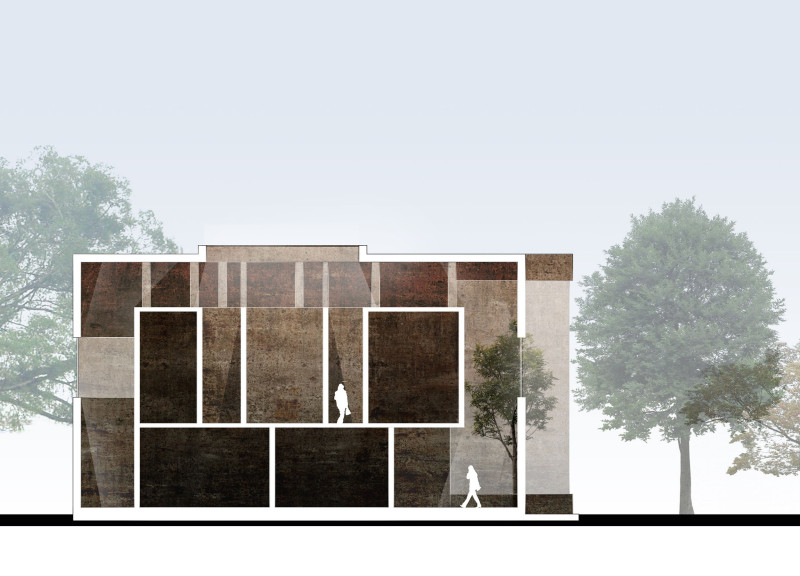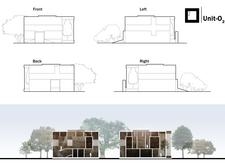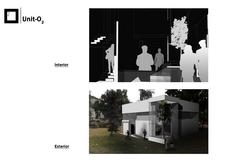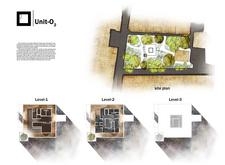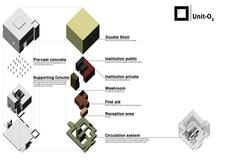5 key facts about this project
At its core, the architecture of this project emphasizes an open layout that fosters interaction among its users. By creating spaces that are both public and private, the design encourages community engagement while providing refuge for individual activities. The arrangement of spaces is intuitive, guiding users through different environments without confusion. This layout not only enhances usability but also showcases the inherent flexibility of the architecture, allowing for different configurations according to the needs of the community.
The project is characterized by its unique materiality, a crucial aspect that defines its aesthetic and functional qualities. By employing reinforced concrete for structural elements, the design ensures longevity and resilience. The façade utilizes low-emissivity (Low-E) glass, enhancing energy efficiency and permitting abundant natural light while reducing heat transfer. Sustainable timber is integrated throughout the interiors, offering warmth and texture that contrasts with the modern materials used externally. Steel components are strategically placed to support the architecture without overwhelming it, maintaining a balance between strength and visual lightness. This combination of materials underscores the project's focus on sustainability, as they are chosen not only for their practical benefits but also for their minimal environmental impact.
Among the project’s innovative features is the incorporation of renewable energy systems, which underscores a commitment to ecological responsibility. Solar panels are seamlessly integrated into the roof design, providing energy to the building and reducing reliance on non-renewable sources. Rainwater harvesting systems are also included, capturing and reusing rainwater for irrigation and other purposes. These elements not only demonstrate the practical application of sustainable design but also serve to educate users about environmental stewardship.
The building's exterior is characterized by its careful relationship with the surrounding landscape. Large overhangs create shade and shelter, while thoughtfully placed windows frame views of the natural environment, reinforcing a dialogue between interior and exterior spaces. The landscaping features native plants that require less irrigation, further supporting the project’s sustainability goals. This connection to nature is a central theme in the project, aiming to create a serene atmosphere while emphasizing the importance of biodiversity.
Unique design approaches are evident in the project’s emphasis on adaptability. The interior spaces can easily be rearranged to accommodate various activities, making the building suitable for events, meetings, and informal gatherings. This versatility is crucial in contemporary architecture, where the needs of communities are constantly evolving. The design also includes dedicated zones that cater to specific functions, such as collaborative workspaces and areas for relaxation, enhancing the overall user experience.
Artistic elements have been carefully incorporated into the design, adding character without overshadowing the building's functionality. Murals and installations created by local artists are displayed prominently, reflecting the community's cultural identity and engaging users in a meaningful way. This integration of art enriches the architectural experience, inviting exploration and interaction.
In summary, this architectural project exemplifies a modern, sustainable approach to design that is both functional and visually appealing. It highlights a strong commitment to environmental responsibility while fostering community interaction through its thoughtful layout and material choices. The emphasis on adaptability ensures that the space remains relevant and engaging for years to come. To explore the project in greater depth, including architectural plans, sections, and design ideas, consider reviewing the presentation available, which provides further insights into the elements that contribute to this well-rounded architectural endeavor.


